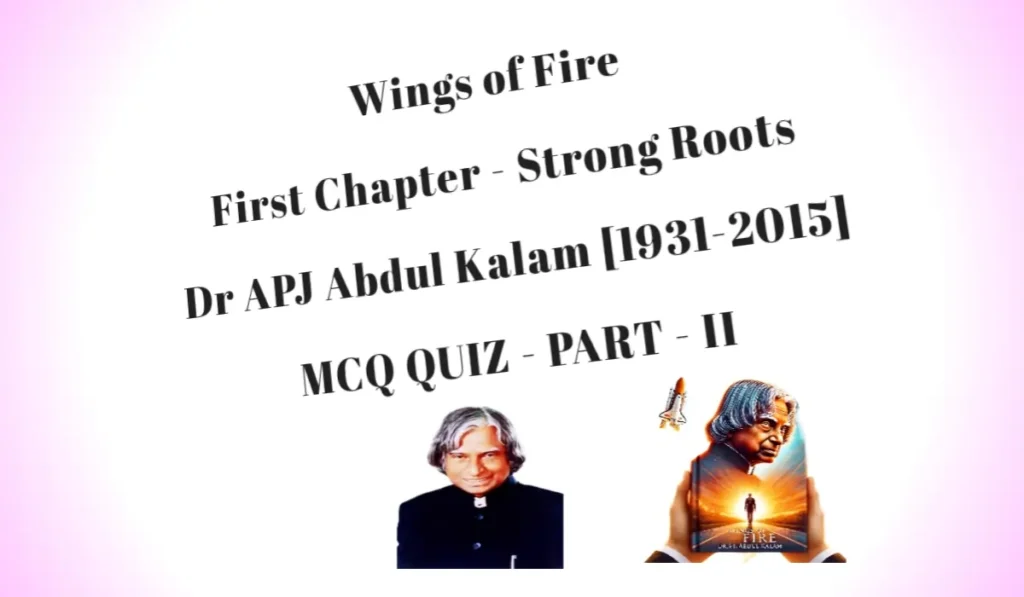Question — Essay-type
Would you consider ‘Regeneration’ a religious poem? Argue your answer.
Vaughan’s poem ‘Regeneration’ is a religious poem based on a couple of Biblical passages [Song of Solomon : 4 ; and the Gospel according to St. John]. The poem deals with Vaughan’s recognition of his sinfulness and with his gradual recovery of faith and hope of eventual salvation. It contains a symbolic account of a brief journey which takes the poet to a mysterious place where he becomes aware of the presence of God. By virtue of the subject matter this poem may be regarded as a Pilgrim’s Progress from a mood of despondency to one of exhilaration.
At the beginning of the poem the poet presents himself as a prisoner in sin’s bondage. When his walk begins, it is spring outside, but within him there is only dejection born of a sense of his own sinfulness. The contrast between the outward beauty of nature and the wintry storms indicates the poet’s sense of dissatisfaction with his life of sin and suggests that the process of spiritual recovery has already begun. The poet realizes that the spring is illusory–“Mere stage and show,” Now his journey towards spiritual salvation begins. He reaches the top of the hill where he finds a pair of scales, and weighs his sufferings against his pleasures. Common sense would suggest that the sufferings are heavier, but Vaughan may be implying that paradoxically the pleasures prove to be heavier than the sufferings for where as his sufferings may take him upward to salvation, his pleasures would drop him down to hell.
The poet finds ‘a fair, fresh field’ and realizes that it is ‘Jacob’s bed’ or land of the elect. He beholds a grove that recalls a church. Now experiences the ‘new spring’ of spiritual regeneration. The bright, golden, life-giving rays of the sun suggest divine illumination.
The fountain is a symbol of Christ. The water image is traditionally associated with life-giving powers and the water is the water of baptism. The language of the fountain or the message of Christ is uttered in vain to the unresponsive dumb shades. Probably the dumb shades refer to the unregenerate humanity.
The poet finds two types of stones in the fountain’s basin. The ‘bright, and round’ stones represent the regenerate humanity who have been quickened by the water of grace. The ‘ill-shaped, and dull’ stones represent those who remain insensitive to Christ’s message.
There is another symbolic picture in which the poet finds some persons who are ‘fast asleep’ and others who are ‘broad eyed’. The first group of people are those who are indifferent to spiritual illumination while the others are keenly aware of their spiritual environment.
Finally, there is the symbolism of the wind which seems to blow from nowhere and which reminds us of Biblical wind which blows where it likes. The wind whispers to the poet;“Where I please.” These words are evidently based upon the words of Jesus who speaking to Nicodemus said, “The wind bloweth where it listeth.”
The poet at last and in a flash recognizes the significance of his journey and the nature of the wind, the grace of God. This is in contrast to the bafflement he has so long experienced. His desire in the last line of the poem to die before his death represents a desire to let the old Adam die in him so that he can be born in the spirit.
The poem is obviously a religious poem. It is deeply religious and devotional in mood and atmosphere. The poet expresses his attitude of reverence towards God in the last two lines, but the poem as a whole has a solemn and sacred quality. As has already been noted, the poem is a symbolic account of the poet’s journey towards spiritual salvation. This is why it bears the title ‘Regeneration’.








